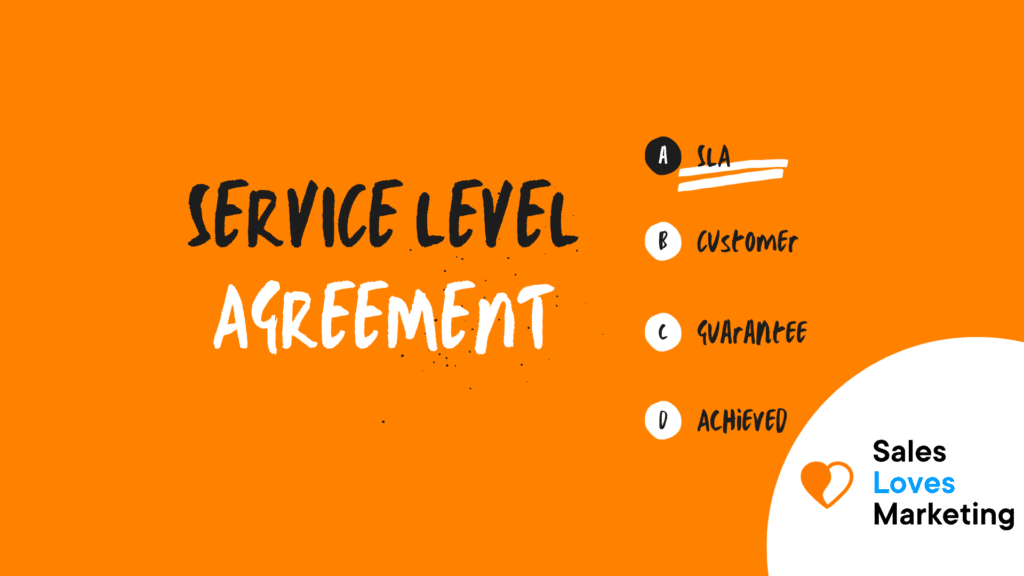What is a Service Level Agreement (SLA)?
A service-level agreement (SLA) is an agreement that defines the level of service expected from a vendor, laying out the metrics by which service is measured, as well as remedies or penalties should agreed-on service levels not be achieved. It is a critical component of any technology vendor contract.
What is SLA used for, and why is it important?
SLAs are an important component of any outsourcing and technology vendor contract. Beyond listing expectations of service type and quality, an SLA provides remedies when situations out of the norm happen, and requirements aren’t met. Usually, SLAs are between companies and external suppliers, but they may also be between two departments within a company.
For example, a telecom company’s SLA, for example, may promise network availability of 99.999 percent (for the mathematically disinclined, that works out to about five and a quarter minutes of downtime per year, which, believe it or not, can still be too long for some businesses), and allow the customer to reduce their payment by a given percentage if that is not achieved, usually on a sliding scale based on the magnitude of the breach.
SLAs are an integral part of an IT vendor contract. An SLA pulls together information on all of the contracted services and their agreed-upon expected reliability into a single document.
They clearly state metrics, responsibilities, and expectations so that neither party can plead ignorance in the event of issues with the service. It ensures both sides have the same understanding of requirements.
Any significant contract without an associated SLA (reviewed by legal counsel) is open to deliberate or inadvertent misinterpretation. The SLA protects both parties in the agreement.
That is to say, that the SLA is so important in the customer service industry because an SLA functions as a blueprint of the service the provider guarantees to provide and can protect your organization’s assets and reputation, which is of utmost importance to your organization.
What are the key elements of an SLA?
For businesses and consumers alike, ensuring that concise service level agreements (SLA) are obtained for certain products are crucial to seamless operation and support. As Naomi Karten explains in her work on establishing service level agreements, “A service level agreement is a formal negotiated agreement which helps to identify expectations, clarify responsibilities, and facilitate communication between two parties, typically a service provider and its customers.”
Therefore, the SLA serves an important purpose as a communication and conflict-reduction tool, and an overall expectation management document.
To develop a well-organized service level agreement, there are some key elements that must be kept in mind:
- Agreement Overview: The agreement overview includes details such as the individuals involved, effective/expiry date, as well as a general statement on what other details the particular SLA will cover.
- Goals and Objectives: Here, the purpose of the agreement, including the ability to obtain a mutual agreement, will be outlined.
- Service Agreement: Perhaps the largest section of a service level agreement comes next and is called the service agreement, which features many key components for which the service provider takes responsibility.
- Service Management: The final portion of a service level agreement deals with service management. In this section, both service availability and service requests are covered. A concise SLA will feature information on the availability of telephone support, response time for service requests, and options regarding remote assistance.
